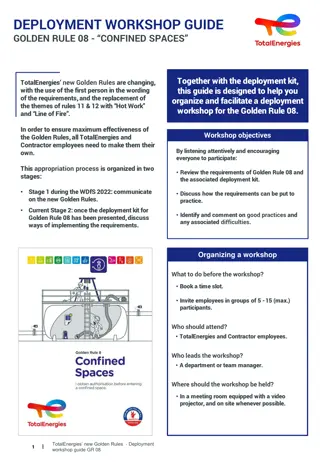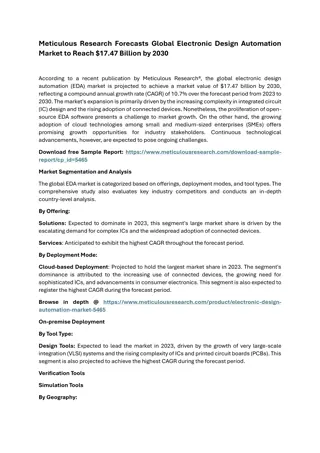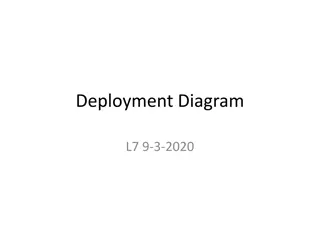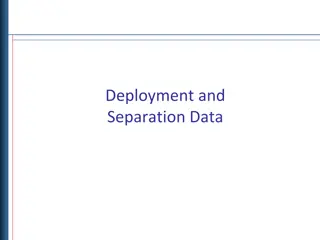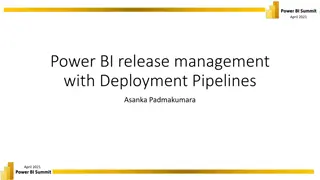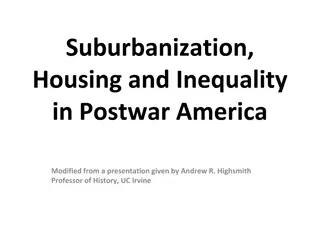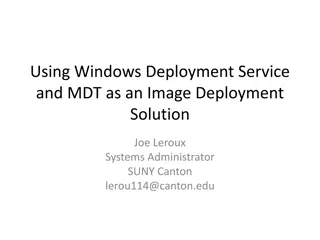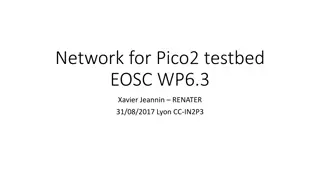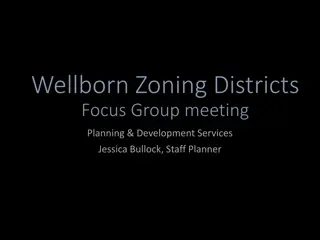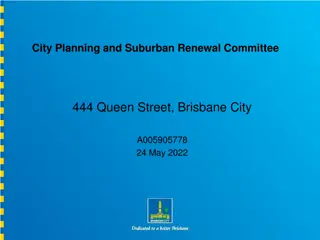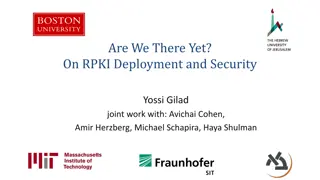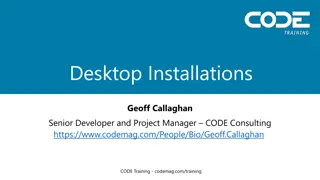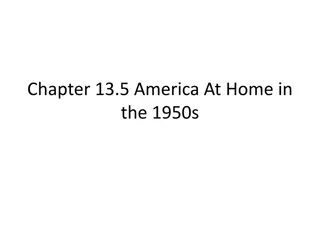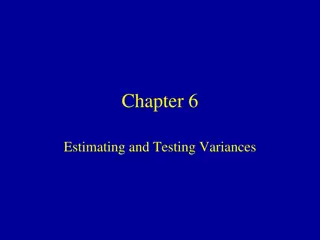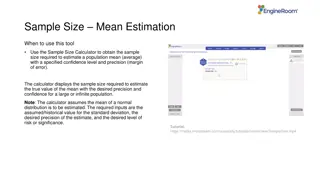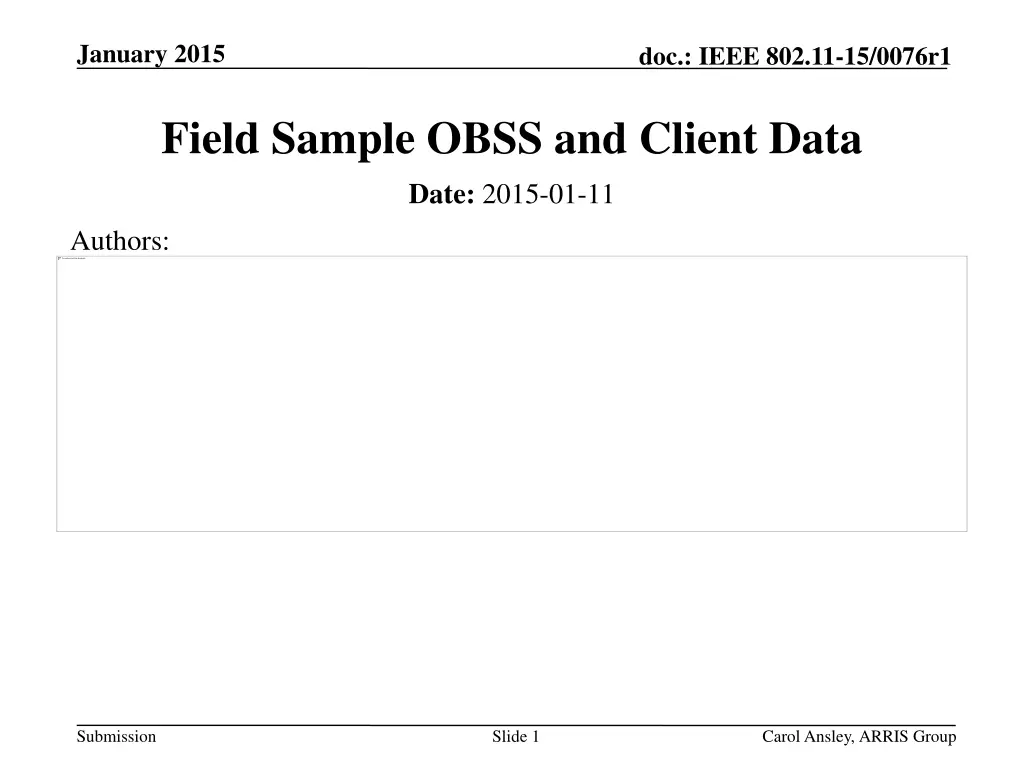
IEEE 802.11-15 Data Analysis & Observations
Explore findings from a study on IEEE 802.11-15 OBSS and client data in US residential settings. Discover insights on OBSS overlap, client distribution, and more based on a sample of 2000 APs across different households.
Download Presentation

Please find below an Image/Link to download the presentation.
The content on the website is provided AS IS for your information and personal use only. It may not be sold, licensed, or shared on other websites without obtaining consent from the author. If you encounter any issues during the download, it is possible that the publisher has removed the file from their server.
You are allowed to download the files provided on this website for personal or commercial use, subject to the condition that they are used lawfully. All files are the property of their respective owners.
The content on the website is provided AS IS for your information and personal use only. It may not be sold, licensed, or shared on other websites without obtaining consent from the author.
E N D
Presentation Transcript
January 2015 doc.: IEEE 802.11-15/0076r1 Field Sample OBSS and Client Data Date: 2015-01-11 Authors: Submission Slide 1 Carol Ansley, ARRIS Group
January 2015 doc.: IEEE 802.11-15/0076r1 Authors: Sample Data from US Field Deployment Date:2015-01-12 Submission Slide 2 Carol Ansley, ARRIS Group
January 2015 doc.: IEEE 802.11-15/0076r1 Abstract This presentation reviews findings from a random sample of 2000 APs from a sample of US residential households. The Client and OBSS quantities and RSSI levels are summarized for comparison to simulation parameters. Submission Slide 3 Carol Ansley, ARRIS Group
January 2015 doc.: IEEE 802.11-15/0076r1 Some Statistics about Data Set Data was collected across 4 days in October 2014, 4 samples per day per AP. Data was processed to understand the degree of OBSS overlap in U.S. suburban residential setting. Some data is from single family dwellings Some data is from multiple dwelling units Data set included 2000 Gateway devices with embedded APs. 1992 APs responded 1500 APs had clients Submission Slide 4 Carol Ansley, ARRIS Group
January 2015 doc.: IEEE 802.11-15/0076r1 OBSS Observations - 1 Most APs did see one or more OBSS upon a scan. Submission Slide 5 Carol Ansley, ARRIS Group
January 2015 doc.: IEEE 802.11-15/0076r1 OBSS Observations - 2 But due at least in part to the prevalence of auto- avoidance algorithms, relatively few APs saw any co- channel interference of significant magnitude. Submission Slide 6 Carol Ansley, ARRIS Group
January 2015 doc.: IEEE 802.11-15/0076r1 Client Observations - 1 The number and reported RSSI of attached clients was also studied. 9858 unique clients were seen across 1500 APs. Submission Slide 7 Carol Ansley, ARRIS Group
January 2015 doc.: IEEE 802.11-15/0076r1 Client Observations - 2 The distribution of clients per AP was 10 or less for 80% of the APs. Median of 6.6, mode of 5 Submission Slide 8 Carol Ansley, ARRIS Group
January 2015 doc.: IEEE 802.11-15/0076r1 Client Observations - 3 The distribution of client RSSI levels showed few active clients at very high or low RSSI levels. Submission Slide 9 Carol Ansley, ARRIS Group
January 2015 doc.: IEEE 802.11-15/0076r1 References Submission Slide 10 Carol Ansley, ARRIS Group

